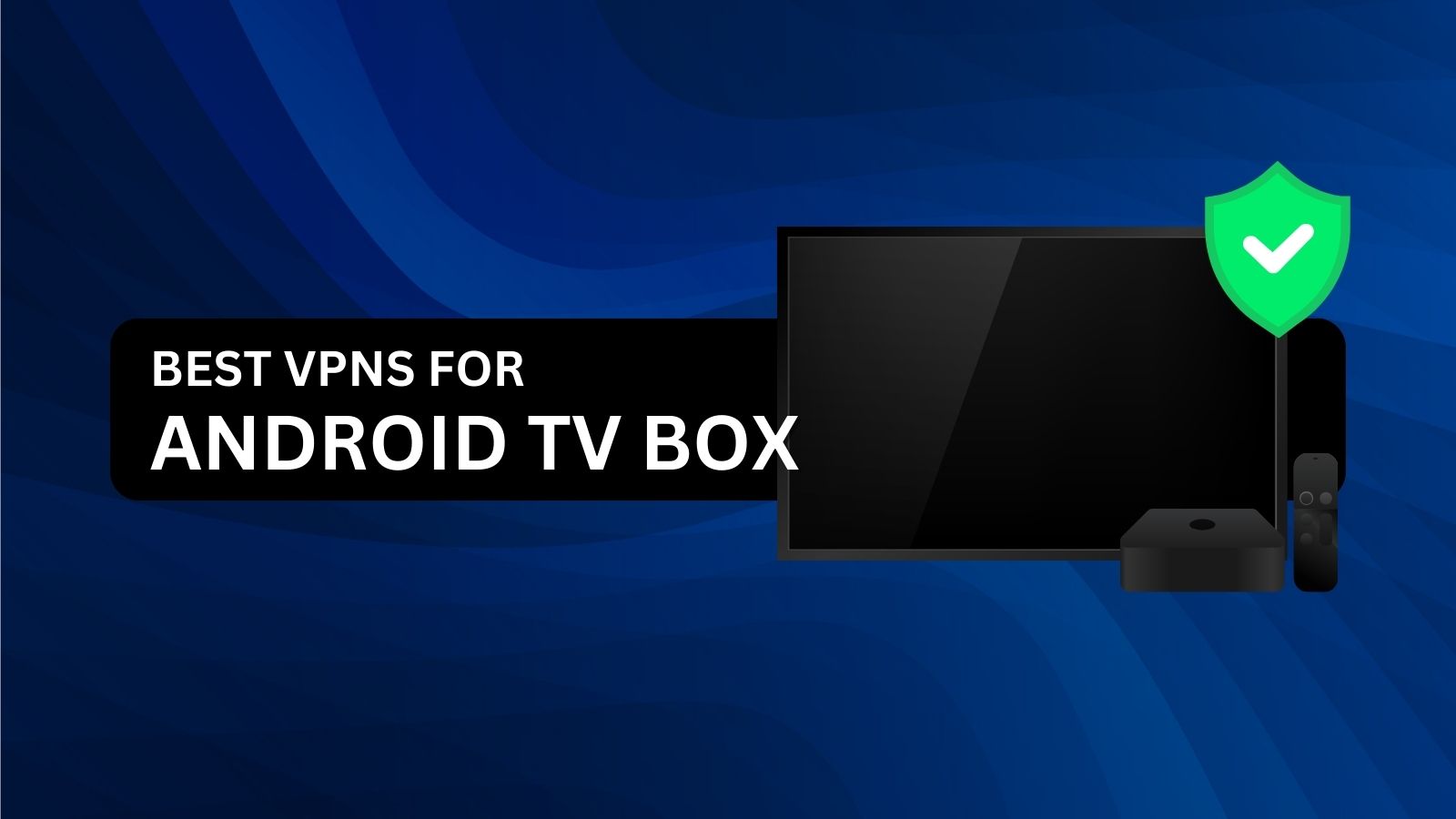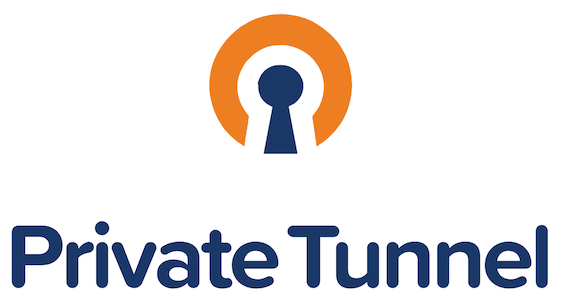Using 2D Animation to Create Fun, Interactive Websites
2D animation has emerged as a powerful tool for creating fun, interactive websites that engage users and elevate brands.

In today’s digital age, creating a memorable online presence is critical for businesses, artists, and organizations. One of the most engaging ways to captivate website visitors is by incorporating 2D animation. This creative approach can transform static web pages into lively, interactive experiences that not only engage users but also improve retention rates. In this blog, we’ll explore how 2D animation studios contribute to interactive website design, examine examples from the largest animation studios, and discuss the role of an explainer video agency in this innovative process.
The Rise of 2D Animation in Web Design
The integration of 2D animation into website design has evolved significantly. What was once limited to small GIFs or rudimentary motion has grown into an industry trend where animated elements enhance the user experience. With the advancement of web technologies like HTML5, CSS3, and JavaScript libraries such as GSAP, 2D animation has become more accessible, versatile, and impactful.
The main advantages of using 2D animation in websites include:
-
Enhanced User Engagement
Animated elements draw attention and make interactions more enjoyable. Whether it’s a playful character guiding users through a process or dynamic transitions between sections, animation creates an immersive experience. -
Improved Communication
Complex ideas can be conveyed more effectively through animation. For instance, explainer animations can illustrate product features or processes that would otherwise be challenging to explain with text alone. -
Memorable Branding
Unique animations, crafted by a talented 2D animation studio, can set a brand apart from competitors. They leave a lasting impression and encourage users to revisit the website.
Techniques for Implementing 2D Animation in Websites
There are several ways in which 2D animation can be integrated into websites to make them interactive and fun:
-
Hero Animations
The homepage’s hero section is a prime real estate for animations. A well-designed animated hero can immediately capture attention. For example, a website for a creative studio might use an animated logo or character introduction as the centerpiece. -
Microinteractions
These small, subtle animations occur in response to user actions, such as clicking a button, hovering over an image, or scrolling through content. Microinteractions enhance usability by providing feedback and encouraging interaction. -
Scrolling Animations
Parallax scrolling and reveal animations create a sense of depth and motion as users navigate through the site. These animations can be used to tell a story, showcase product features, or highlight services. -
Interactive Characters
Animated characters can guide users through the site, answer questions, or provide tips in a friendly and engaging way. This approach works particularly well for websites targeting children or casual audiences. -
Background Animations
Subtle, looping animations in the background can bring a website to life without overwhelming the user. Examples include floating objects, animated landscapes, or shifting gradients.
Case Studies: Inspiration from the Largest Animation Studios
The largest animation studios in the world have set benchmarks for creativity, storytelling, and user engagement. While their primary focus might be films and series, their expertise often extends to digital platforms, including websites.
-
Pixar-Inspired Websites
Pixar’s mastery of character-driven storytelling has influenced many interactive websites. Brands use 2D animated characters inspired by Pixar's style to create emotional connections with users. -
Disney’s Interactive Pages
Disney often incorporates 2D animations into its promotional sites. For example, movie microsites frequently feature animated elements, interactive games, and scroll-based storytelling to immerse fans in the world of the film. -
DreamWorks Animation’s Digital Creativity
DreamWorks’ projects often include companion websites with interactive features and animations. These serve as extensions of their film’s universe, engaging users with playful designs and animations.
By emulating techniques from these industry giants, businesses can elevate their websites and create similar levels of engagement.
The Role of an Explainer Video Agency in Web Animation
An explainer video agency can play a pivotal role in incorporating 2D animation into websites. These agencies specialize in crafting animations that are both informative and entertaining, making them an ideal partner for interactive website design.
-
Custom Animation Development
Agencies can create bespoke animations tailored to a brand’s identity and message. These animations can include interactive characters, animated icons, or storytelling elements that align with the website’s goals. -
Seamless Integration
An explainer video agency ensures that animations are not only visually appealing but also seamlessly integrated into the website. They optimize animations for fast loading times and compatibility across devices. -
Focus on Storytelling
Storytelling is at the heart of effective animation. Agencies excel at transforming complex concepts into engaging narratives, whether through an animated explainer video or interactive web content. -
Analytics and Optimization
Beyond creation, agencies can monitor how users interact with the animated elements and optimize them based on performance data. This ensures maximum engagement and ROI.
Practical Tips for Using 2D Animation Effectively
When incorporating 2D animation into websites, it’s essential to strike a balance between creativity and functionality. Here are some tips:
-
Prioritize Performance
Heavy animations can slow down a website. Work with a 2D animation studio to ensure animations are lightweight and optimized for fast loading times. -
Align with Branding
The style, tone, and color palette of the animations should align with the brand identity to create a cohesive user experience. -
Test for Responsiveness
Ensure animations look and perform well on various devices, including smartphones, tablets, and desktops. -
Keep Accessibility in Mind
Animations should enhance the user experience without excluding users with disabilities. Provide alternatives, such as text descriptions or static visuals, for critical animated content. -
Monitor User Feedback
Analyze user behavior to see how animations are received. Make adjustments based on feedback to improve engagement.
The Future of 2D Animation in Web Design
As technology continues to advance, the possibilities for 2D animation in web design are expanding. From AI-driven animations that adapt to user behavior to real-time rendering for highly interactive experiences, the future looks exciting. The rise of WebGL and other tools is also enabling more complex animations, blurring the line between 2D and 3D.
For businesses looking to stay ahead of the curve, partnering with a 2D animation studio or an explainer video agency can be a game-changer. By leveraging the expertise of these professionals, brands can create fun, interactive websites that not only capture attention but also foster long-lasting connections with their audience.
Conclusion
2D animation has emerged as a powerful tool for creating fun, interactive websites that engage users and elevate brands. Whether it’s through playful microinteractions, character-driven storytelling, or visually stunning hero animations, the possibilities are endless. By drawing inspiration from the largest animation studios and working with an experienced explainer video agency, businesses can transform their digital presence and stand out in an increasingly competitive online landscape.
So, if you’re looking to make your website more dynamic and engaging, consider the magic of 2D animation—because a little motion can go a long way in captivating your audience.
What's Your Reaction?
























